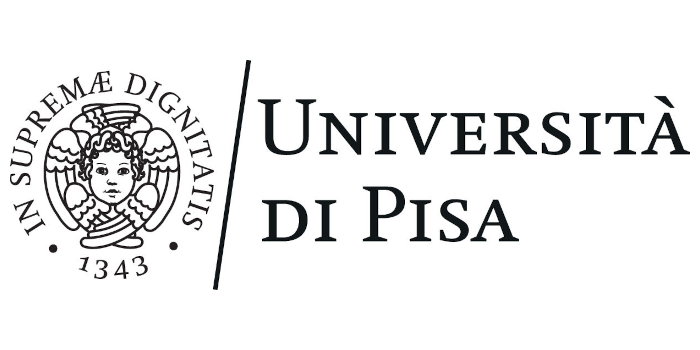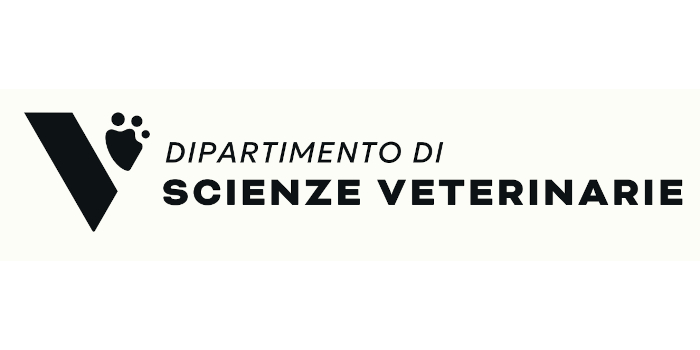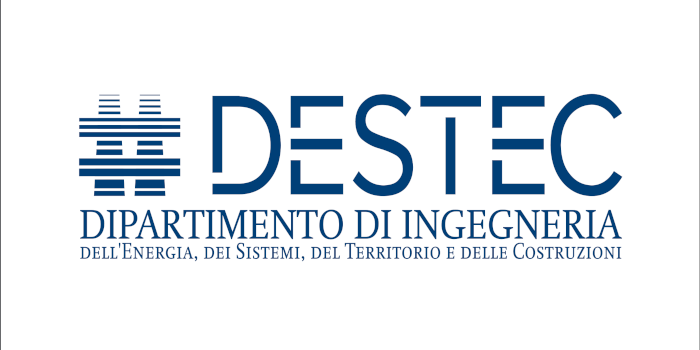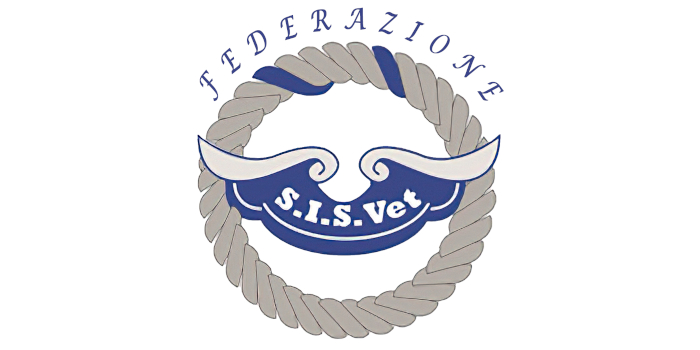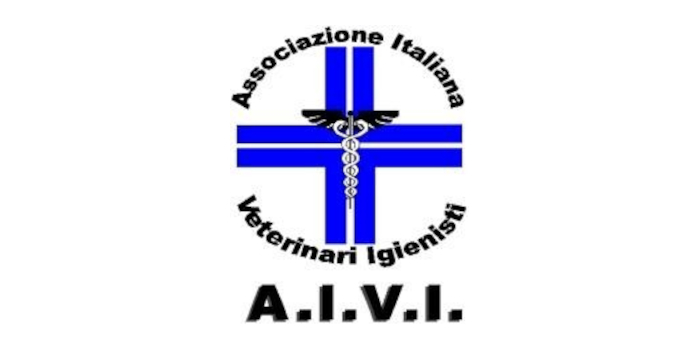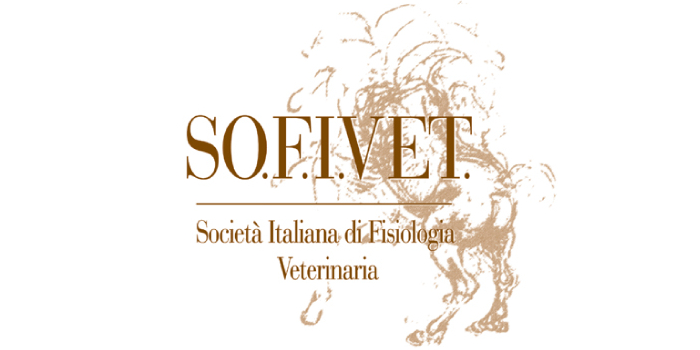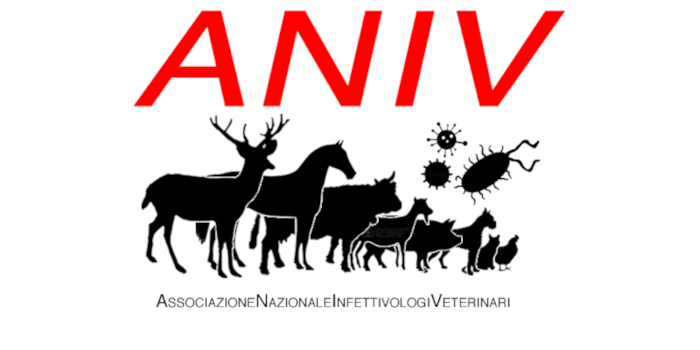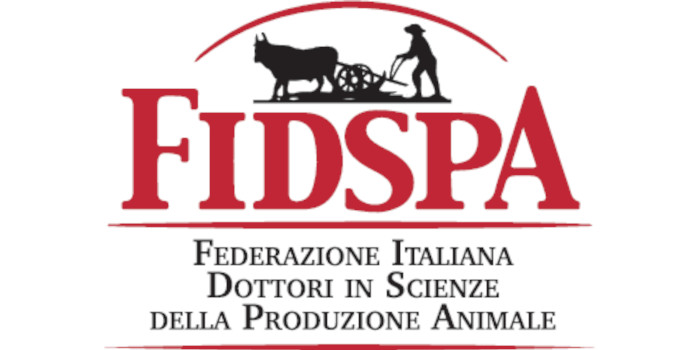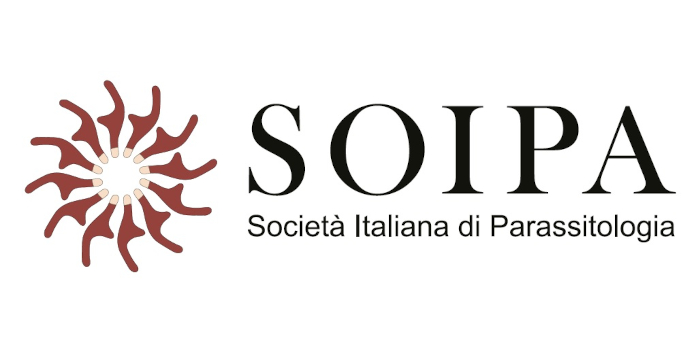KEYNOTE
Sensors for Monitoring Physiological Aspects of Livestock Species
José Alfonso Abecia
University of Zaragoza, Spain
ABSTRACT
The use of sensors in livestock farming is revolutionizing how animal health, behavior, and productivity are monitored. Among the most notable sensors are proximity and subcutaneous biologgers, and triaxial accelerometers, each with specific functions that provide precise data on animal welfare and help optimize livestock production. The proximity loggers record interactions and proximity between animals or with objects and locations within the farm. Proximity loggers allow monitoring of social behavior patterns, which can be useful for detecting the onset of estrus, identifying dominant animals, or recognizing changes in social behavior that may be associated with health issues. This data helps improve breeding decisions and flock management. Subcutaneous biologgers are devices that record physiological parameters such as body temperature, heart rate, and locomotor activity. They are used to assess overall animal health, monitor diseases, and detect important events such as parturition. By collecting precise biological information in real time, preventive disease management improves, enhancing animal welfare. Triaxial Accelerometers measure animal movement and are essential for detecting changes in movement patterns, such as inactivity or unusual increases in activity, which may indicate pain, stress, or disease. Additionally, accelerometers help monitor feeding and reproductive behavior, allowing for management adjustments to improve productivity. The use of all these sensors provides objective, real-time data, enabling more informed decision-making and improved livestock management. By integrating these devices, farmers can enhance productivity efficiency, reduce costs associated with animal health, and improve animal welfare.
SPEAKER BIOGRAPHY
Alfonso Abecia, (PhD, Dip ECSRHM) is Full Professor of Animal Production at the Department of Animal Production and Food Science of the Faculty of Veterinary Medicine of the University of Zaragoza, and director of the Research Institute in Environmental Sciences of Aragon (IUCA). He obtained his degree in Veterinary Medicine in 1988 (Universidad de Zaragoza) and his doctorate in 1992 (same university). He spent a year and a half as a postdoctoral researcher at the Macaulay Land Use Research Institute in Aberdeen, Scotland (1992-1993). His main areas of research are the study of the relationships between nutrition and reproduction in sheep, the use of melatonin to improve lamb production, and how socio-sexual signals arise from sexual activity in sheep. It is also involved in aspects of precision farming, such as electronic identification, virtual fences, accelerometers and biologgers. He is the former president of the UEECA (Union of Spanish Entities of Animal Science), which is the association of the thirteen animal science societies present in Spain.



